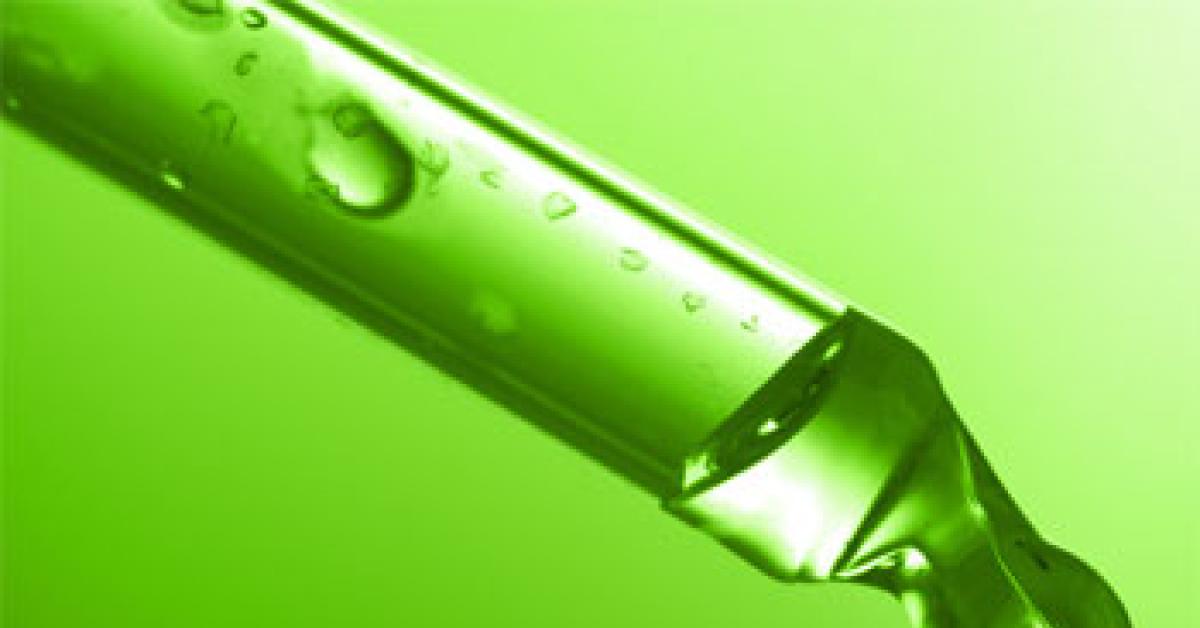CONCORD, N.C. — It has been 24 years, but it seems like only yesterday. Hurricane Hugo rushed ashore near Charleston, S.C., still packing hurricane-force winds when it reached my home, just outside of Charlotte.
Names like Sandy, Katrina and Andrew bring to mind pictures of destruction. Someone has to clean up the mess. Someone has to salvage the good things that are left behind after the storm. Cleaning items of value, both monetary and sentimental, can be a great opportunity for a garment care specialist.
Storm damage can manifest itself in many ways. High humidity or contact with water can lead to dye migration. Water-soluble dye can move out, away from its original location, to surrounding areas. The dye may transfer to other items through contact.
Colored paper may give up that dye when wet and in contact with a garment. The dye will wick on to damp fabric. Water from the storm may contain foreign matter, such as mud, tree bark, rosin or oil. All these stains will require attention from the cleaner before they are ready to be cleaned.
When garments are allowed to remain damp, in close contact, and warm, the environment is ideal for the formation of mildew.
Mildew is a plant, so the less time it is allowed to grow and extend roots into the fabric, the easier it is to remove. The more time that passes before treatment, the deeper the roots, requiring a greater amount of time and effort to remove the stains. Even with additional time and effort, it will probably be necessary to use one or more of the available bleaches to finish the job of stain removal.
Mildew will appear as a patch of color, ranging from black to orange. Left for an extended period of time, mildew will begin to break down the tensile strength of the fabric. Mildew also has a unique odor that is a strong identifying characteristic.
It is best to spend time pre-treating water-stained garments. They are not damaged until the efforts of the garment care professional have failed. Even though it is time-consuming, water circles can be quickly reduced or eliminated at the spotting board with NSD and steam. Working over the vacuum nose of the board, flush the area with steam, apply NSD, wait 10-15 seconds (no mechanical action), then flush again with steam. Slowly work around the circle until it is completely gone.
Any mud not removed by the lubrication of the NSD can be removed by mild bleaching. Greases and oils can be dealt with using a wet-side POG or a citrus oil degreaser.
Fugitive dye migration and contact dye transfer will usually require the use of a reducing bleach/dye stripper. For added safety, dye strippers can be applied with a cotton swab or even a wooden toothpick. Using a wooden toothpick allows you to work in close to contrasting seams and embroidery with a relatively high degree of safety, by applying only the small amount of bleach absorbed by the wood to the sharp point of the toothpick.
Mildew is a living organism. It should be brushed (outside, in open air) with a stiff brush, to remove as many of the mold spores as possible. The best drycleaning solvent for treating mildew, I believe, is perchloroethylene; there is a drastic fall-off in effectiveness on mildew with the alternative solvents.
On garments with relatively “young” mildew, wet cleaning can be effective. But wet cleaning in its true form—strict pH control, use of tepid water, and drastically limited mechanical action—has an extremely limited effect on older mildew stains.
It is important to separate mildew-stained garments by fiber content before using any bleaching protocol to remove the mildew. Protein fibers such as wool, silk, cashmere, angora, etc., should be separated first, even before color and weight.
The most effective method for removing mildew involves using sodium hypochlorite, or chlorine bleach. (Always test on an unexposed area, before using any form of bleach.) Put 4 oz. of cold water in a spotting bottle and add four drops of sodium hypochlorite, then use a cotton swab to apply the mixture to the mildew stain. If results are unsatisfactory, you can heat the area with steam and add a few more drops of sodium hypochlorite. Use this method only on whites and light pastels, and only after testing.
For large quantities of whites, you can make up a bleach bath using 1 oz. sodium hypochlorite to 4 gal. tepid water, mixed with 4 oz. NSD. Soak for about 10 minutes. Increasing the amount of bleach and raising the water temperature will increase the bleaching action, but this also increases the risk to fabric and reduces the intensity of any colored dyes.
Always thoroughly rinse garments that have been exposed to bleach to eliminate fabric degradation. For white garments, rinse in sodium bisulfite or sodium hydrosulfite to neutralize the chlorine and to enhance the whiteness of the garments.
Never, ever use chlorine bleach on protein fabric, as doing so will cause a chemical burn that cannot be reversed or camouflaged. If you are experienced and careful, you may use potassium permanganate applied with a cotton swab on white protein. This bleach is extremely strong, leaves a brown residue that must be neutralized with oxalic acid, and is unsafe for any fabric that contains color. You may attempt to remove mildew from colored protein fabric using hydrogen peroxide; start at a 3% concentration and slowly increase it.
Unfortunately, the stain that is caused by mildew continues to spread with time. The growing plant will go deeper. The sooner action is taken, the more likely the results will be positive.
Have a question or comment? E-mail our editor Dave Davis at [email protected].

